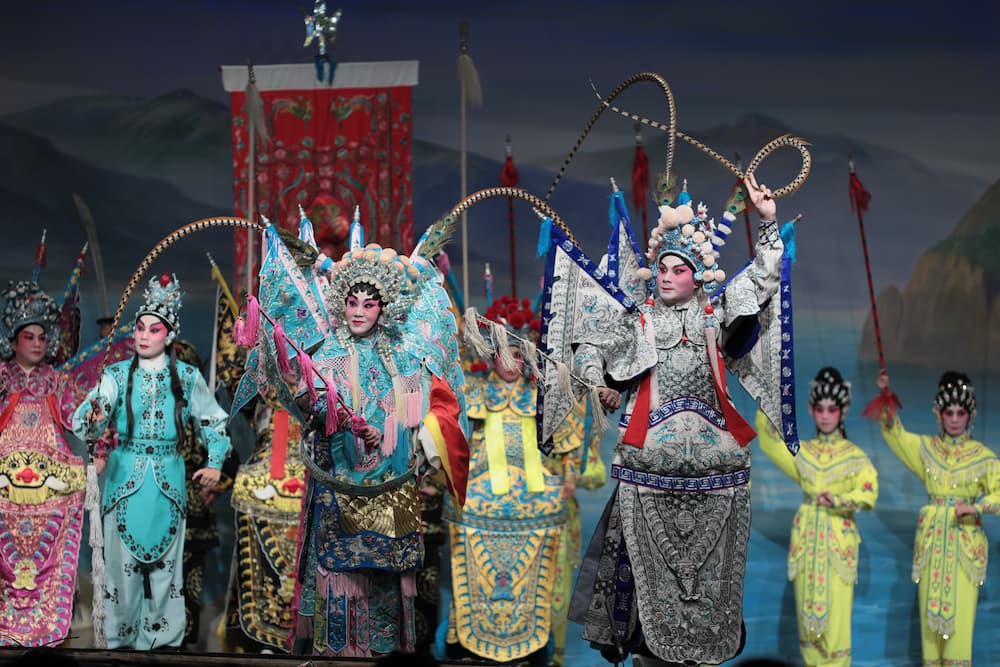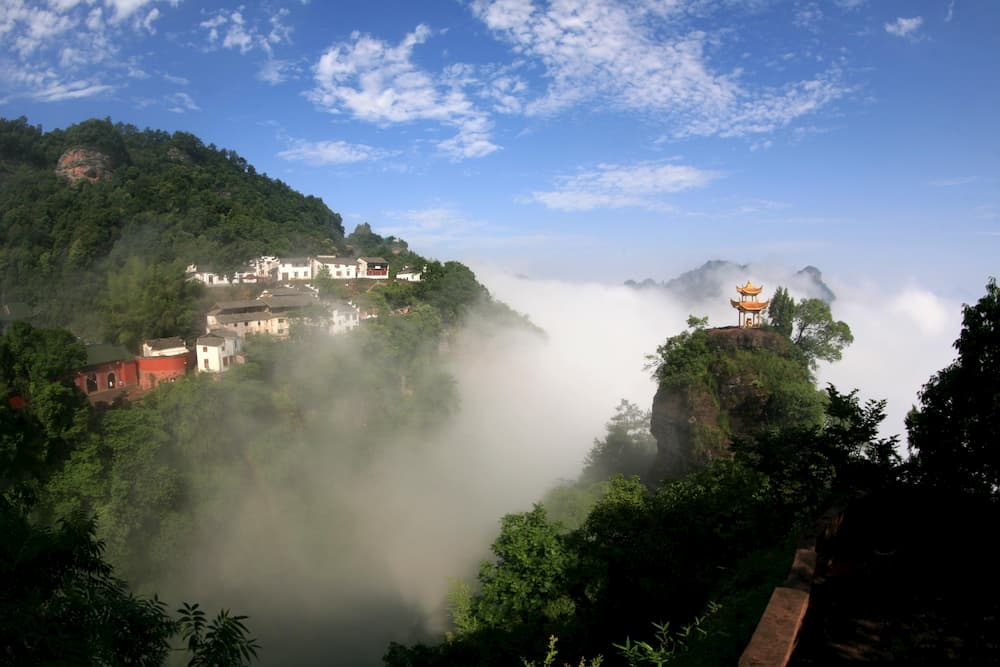
Diverse Intangible Cultural Heritage of Hong Kong’s Ethnic Groups
Splendid
Chi Culture
Topic
Diverse Intangible Cultural Heritage of Hong Kong’s Ethnic Groups
The United Nations Educational, Scientific and Cultural Organization (UNESCO) adopted the Convention for the Safeguarding of the Intangible Cultural Heritage in 2003, bringing the international attention to the protection of this type of intangible cultural heritage. Hong Kong released the first Representative List of the Intangible Cultural Heritage of Hong Kong in 2017, including a variety of intangible cultural heritage items from different local ethnic groups, such as the Hakka unicorn dance and the techniques of making cha kwo (茶果, steamed sticky rice dumplings), the Hong Kong Chiu Chow community’s Yu Lan Festival and Hokkien nanyin (南音, southern tunes). The Hong Kong government has since carried out supplementary research on this list of intangible cultural heritage, with projects including the Chiu Chow Kung Fu Tea Art and Jiao Festival (太平清醮) at Tin Sam Village. These projects are rich in the cultures of different communities in Hong Kong and have been passed down through the generations.
Cha kwo is a famous snack among the Hakka people. Although its ingredients are simple, cha kwo carries abundant cultural significance, and born witness to the history of the Hakka people’s migration. Not only a snack for festivals, cha kwo also serves as an offering for worship. In addition to using glutinous rice flour to make the outer layer and salty ingredients, such as pickled vegetables and pork for the filling, sweet versions can also be made with peanuts and sugar. The Hakka people also add the juice of mugwort or Chinese Fevervine to the glutinous rice flour when making the outer layer, giving the snack certain medicinal properties and achieving the effect of “medicine and food sharing the same origin”.
The Hakka unicorn dance is included on the Representative List of the Intangible Cultural Heritage of Hong Kong. The one in Hang Hau in Sai Kung is even listed as a Chinese national intangible cultural heritage item. The qilin (麒麟), or Chinese unicorn, is a benevolent creature in the Chinese legend, and the Hakka people living in Hang Hau have inherited the unicorn dance originated in the Central Plains during the Tang dynasty (唐代) to this day. Having brought the unicorn dance with them when they settled down in Hang Hau, these Hakka people combined it with local traditional music and martial arts, developing a characteristic style and sequence of dance movements. The unicorn dance is often held during festive occasions, symbolising people’s hopes for prosperity and peace.
Hokkien nanyin, or “southern tunes”, is one of the unique techniques of the Fujian (福建) people. It is said to have left a lasting impression on Emperor Kangxi (康熙) of the Qing dynasty (清代). During the last century, the Fujian people migrating to Hong Kong brought along nanyin with them. Since then, it has become a popular art form at occasions such as weddings or funerals in the Fujian community. Nanyin is mainly played using ten musical instruments, namely the Xiangzhan (響盞, small gong), Shuangzhong (雙鐘, bowl-shaped cymbals), Sikuai (四塊, bamboo boards), Jiaoluo (叫鑼, small gong), Pipa (琵琶, Chinese lute), Erxian (二弦, Chinese bowed two-stringed instrument), Sanxian (三弦, traditional three-stringed Chinese lute), Dongxiao (洞簫, Chinese end-blown flute), Paiban (拍板, Chinese clapper), and Yu’ai (玉噯, small suona or oboe), accompanied by lyrics sung in Hokkien.
The Yu Lan Festival is annually held by the Chiu Chow community in Hong Kong during the seventh lunar month. It is listed not only as a Hong Kong intangible cultural heritage item but also as a Chinese national intangible cultural heritage item. The Chiu Chow people hold the event to deliver wandering ghosts and give thanks to gods. A variety of rituals are performed, including invoking the gods, chanting scriptures, erecting banners, auctioning auspicious objects, ascending the altar, making offerings to the deceased from the same hometown and the spirits, distributing auspicious rice, and sending off the gods. Making offerings to the deceased from the same hometown is a feature of this Chiu Chow festival. In the past, some Chiu Chow people settled down in Hong Kong without family members to commemorate them after they passed away. Their fellow people therefore make offerings to them at the Yu Lan Festival.
The lion dance performance, an intangible cultural heritage item in Hong Kong, is a common sight during the Lunar New Year and other festive occasions. Its origin dates back as far as the Northern Wei dynasty (北魏) and has been passed down in local form by groups of lion dance enthusiasts. There are northern and southern styles of the lion dance. The northern lion has more realistic appearance and agile movements, including rolling and jumping; while the southern lion has a larger body and performs more stable movements. Hence, northern style lion dance performances attracted larger audiences in the past. However, with continuous innovation and improvement, the southern style of lion dance incorporated the northern style movements and acrobatics into its performances. It has become more attractive while preserving tradition.
The Chiu Chow Kung Fu tea art is an important part of the Chaozhou- Shantou (潮汕) regional culture. Originating from the Song dynasty (宋代), the tea-making technique became popular in the Chaozhou- Shantou region during the middle Qing dynasty. As people in the region moved to varies part of the world, the tea-making technique was spread to places including Hong Kong, Taiwan, and Southeast Asia. The Chiu Chow Kung Fu tea-making routine comprises six elements: tea leaves selection, water selection, controlling of the fire, tea set preparation, tea brewing, and tea tasting.







